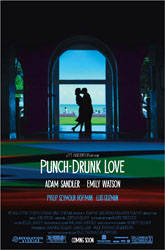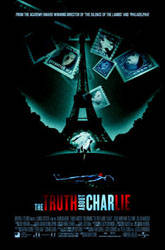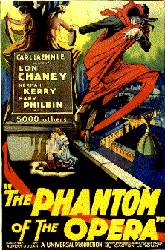 Director: Starring:
OTHER REVIEWS: Dr. T & the Women Magnolia Mr. Deeds Sweet and Lowdown |
Punch-Drunk Love BY: DAVID PERRY Having been a bit of a Paul Thomas Anderson cheerleader since first seeing Hard Eight in 1997, the downward spiral seen in his latest effort, Punch-Drunk Love, becomes all the more devastating. At his best -- the first 15 minutes of Magnolia, the entire film Boogie Nights -- Anderson finds an amusing edge to his fateful characters and their absurd lives. At his worst -- most all of Punch-Drunk Love -- the amusement becomes dreadfully tiresome in a parade of quirky moments that amount to little more than one director's whim. This is not to say that Punch-Drunk Love is a complete waste -- in fact, it is one of the finer looking films this year (thanks in part to Robert Elswit's always incredible cinematography) -- but that it is one of the least satisfying works I've seen this year. Anderson says that he intended the film to be the art house version of an Adam Sandler film. I cannot say that he has failed in this: the art house look is certainly there, but so is the idiotic tedium of a Sandler film. And I was more than willing to give Sandler a chance on this attempt to shed his pop movie skin. After seeing him successfully pull off sweet and semi-sensitive in The Wedding Singer, I wanted to believe that there was something he had withheld from his core audience. I liked believing that there was a lovable lug under the time bomb of puerile aggression that he has used in films like Billy Madison and Happy Gilmore. The most disappointing discovery in Punch-Drunk Love is that the film shows there was not a sensitive passivity waiting to be exploited, but merely a more thoroughly veiled aggression that Anderson could use. For example, Anderson's script makes desperate use of detraction within Sandler's Barry Egan but always reverts to outbursts to rectify it. People are constantly using him for entertainment and personal gain -- he seems to live in a world only inhabited by sadists. When his sisters remind him of a nickname they had for him ("gay boy") he mulls along until he finally begins breaking one sister's patio doors. Or there's his first date with wallflower Lena (Watson), where some mistakes lead him into the posh men's bathroom, destroying all the facilities around him. The film does find some humor in these events -- especially in Barry's attempt to convince the restaurant manager that he was not at fault, despite the bloody cuts on his hands -- but never establishes them as anything more than Barry's emotional outbursts. As a bipolar individual, this character could have been less hampered by a script that tries desperately to find an understanding. There's no diagnosis for the passive- aggressiveness of Barry Egan, probably because doing so would only remind us that his character is little more than an exploitation of an actor's comic rage. I liked the colorful, festive atmosphere that Anderson creates, a ditty of a film that is oddly reminiscent of old Hollywood musicals. Its new wave touch into an old genre brings a plaintive satisfaction similar to The Umbrellas of Cherbourg. However, Anderson et al. never allow the film to grow outside of its thin characterizations and incommoding scenarios. This is the type of movie that should be refreshing for its uncommon treatment of common material and Paul Thomas Anderson seems like the perfect person to excel at such a project. Unfortunately, he never finds the levity in his own comedy -- a damning attempt to enliven a story that is without any real foundation, just quirks. And within all my complaints, the most invigorating
moment of the film is, in fact, one of Barry Egan's outbursts. But, unlike any of the
other moments, this time around -- as he looks at Lena during a possibly disastrous car
crash and reacts to it -- there is some merit to what he is doing. This scene occurs just
moments before Barry heads off for an altercation with the film's only intriguing
character, the porn-shark Dean Trumbell (Hoffman), and represents the film's only genuine
section of veracity. The next scenes, alas, are just as disappointing as the rest of the
film -- a token of the film's inability to find a purpose beyond odd casting and mellowed
histrionics. |





